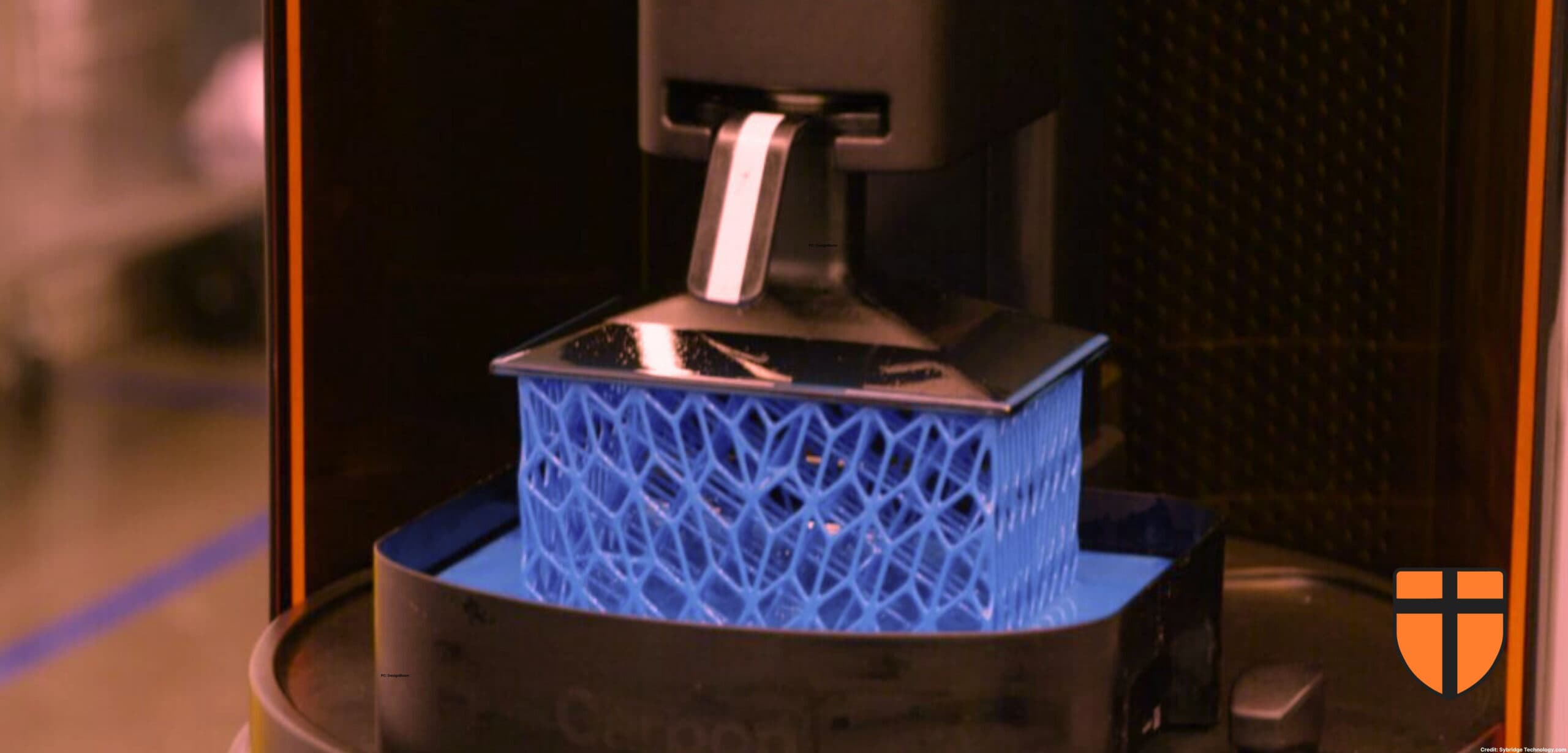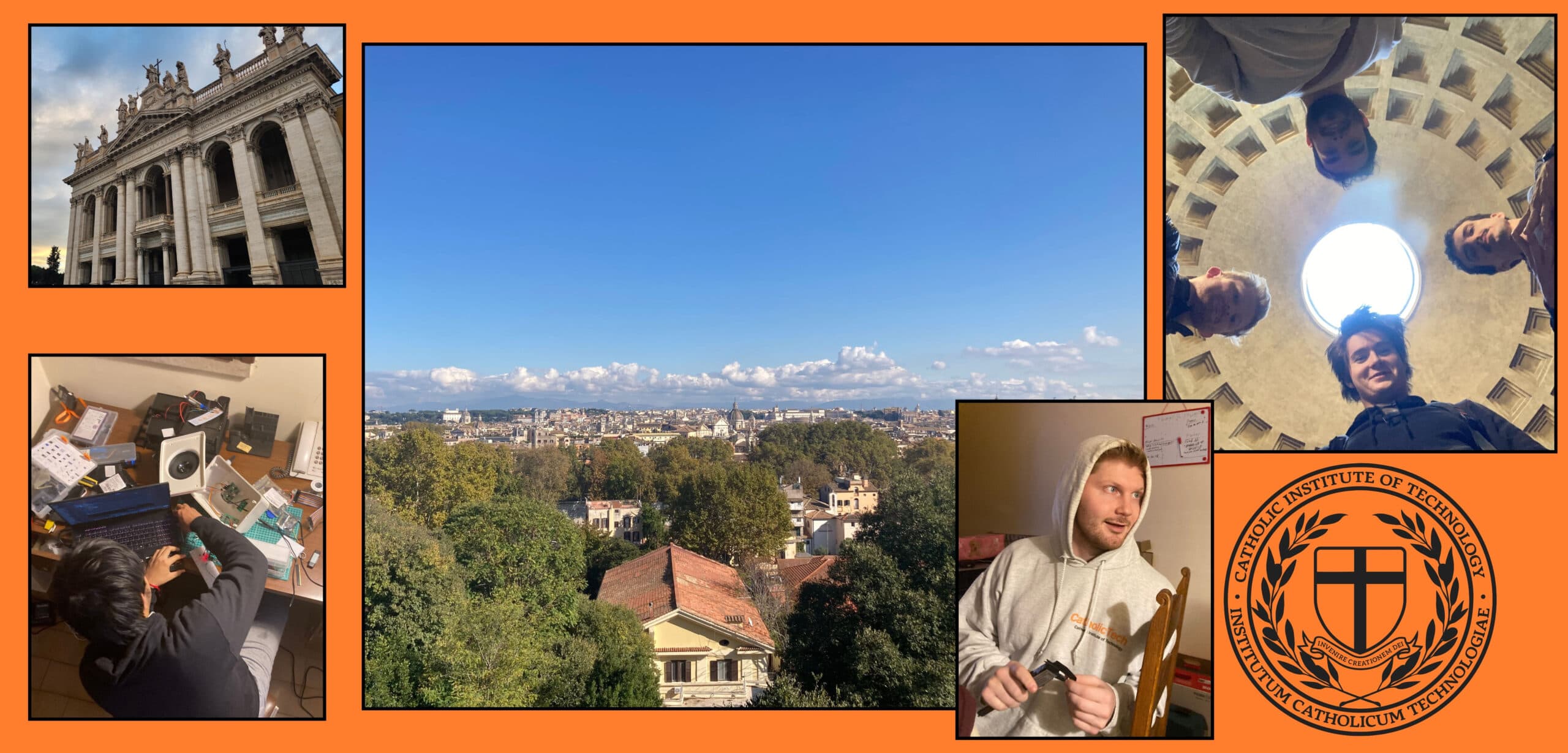
Robot Runners

More than 20 humanoid robots ran a half-marathon this week, competing against not only each other, but also human participants. While the robots were defeated, the event has been advertised as evidence of great progress in robotics technology, and a stepping stone for future advancements.
The event was hosted in Beijing, China, and was billed as the world’s first “humanoid half-marathon.” 21 robot competitors raced against 12,000 humans, and 6 of the robots finished the race, an impressive accomplishment. Only robots which ran on two legs were allowed, justifying the “humanoid” part of the race’s title, although many of them had handlers and most or all required battery changes during the race.
The winner among the robots was the Tiangong Ultra, developed by the Beijing Humanoid Robot Innovation Center. The robot’s finishing time was two hours and forty minutes, thirty minutes faster the maximum race time for human participants, but over an hour and a half slower than the human winner’s time. Tiangong Ultra’s batteries were switched out twice during the race.
The endurance demonstrated by the robots during the race was impressive. If humanoid robots are to become commonly used, the ability to function under stressful conditions for long periods will be essential. The fact that the race occurred in China is also very significant, this time on a political level. The United States is currently viewed as the world leader in robotics science, but China is working hard to catch up.
Unlike the humanoid marathon, the scientific race between the US and China is close. It’s also extremely important The robotics industry is expected to more than double in the next decade, going from its present $17bn value to $35bn. Research on industrial applications, mass production, and even the possibility of household use is moving fast. While all this progress is exciting, and feels like a big step into the future, is also forces us to return to centuries old questions concerning technological advances and their effect on human labor.
Much of the Church’s teaching on labor was codified in Pope Leo XIII’s 1891 encyclical Rerum Novarum, which was written in response to the social troubles brought on by the industrial revolution and the subsequent rise of Communism in Europe. The encyclical shines with wisdom, acknowledging that the industrial revolution is here to stay while not hesitating to critique the men and institutions who abuse the changes it brought.
The teaching Church would do well to imitate Rerum Novarum in the coming days, as advancements in AI and robotics promise wealth while simultaneously threatening jobs and even whole professions. The development of those technologies is, at this point, unavoidable, especially as they promise power to politicians and profit to corporations. We must do as Leo did, therefore, and use our energy to integrate the new technologies well into society, rather than making a futile and fearful effort to prevent their existence.
One of the foremost concerns in that integration must be the good of the worker. We turn with Pope Leo to scripture to remind ourselves of our duty to the laborer: “Behold, the hire of the laborers… which by fraud has been kept back by you, crieth; and the cry of them hath entered into the ears of the Lord of Sabaoth.” In other times, this crime of defrauding the laborer took the form of starvation wages and grinding poverty. Now, however, the government spends countless dollars to develop technologies which will put the very men who fund them out of work.
For the government to produce a society from which some are excluded, to seek the good of one group at the expense of others, contravenes that institution’s deepest purpose. The Church has always affirmed the primacy of the common good, not the private, and the common good of society is shared by all. It does not exclude the man who was trained in work which can now be automated. It is the obligation of our institutions, from the economic to the educational, the political to the religious, to care for the worker: not to provide for him, but to enable him to continue providing for himself.
One means of caring for the worker is to encourage automation technologies that assist, rather than replace, the worker. Another is to provide transitional training to workers whose jobs are deeply effected by automation, whether that’s due to the integration of technology, or to replacement by it. Or perhaps the solution lies elsewhere. Whatever the case, we must not walk blindly into this future. The Church and the state need to collaborate in protecting the backbone of our nation.





